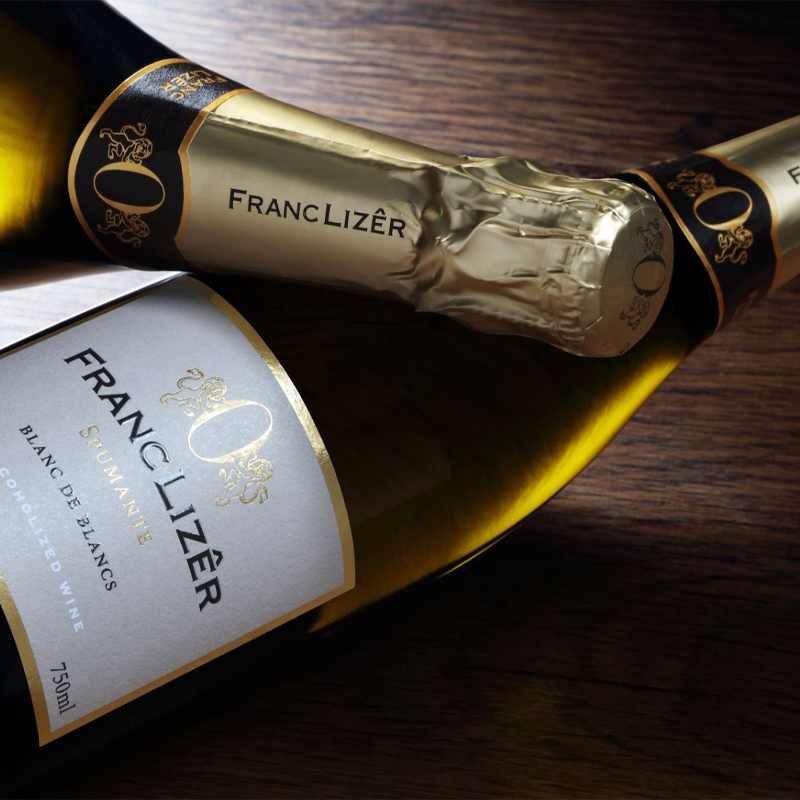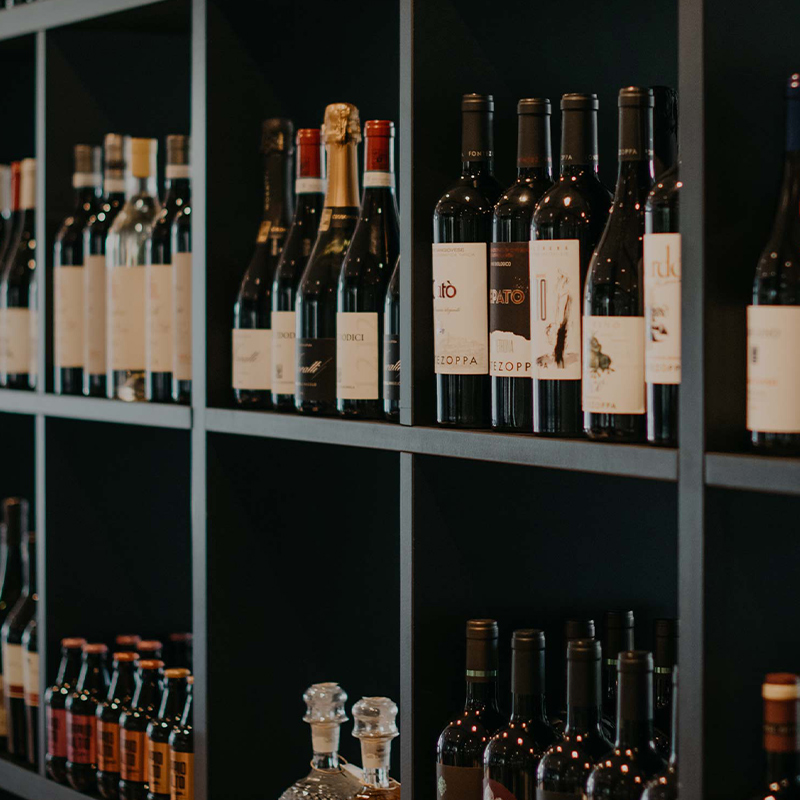The world of wine is going through a period of change and revolution from many points of view. First, we see that pre- and during-Covid volumes are extremely difficult to achieve both domestically and internationally; furthermore, we are witnessing a radical change in consumer habits and preferences.
For this reason, we have identified a series of trends that will affect wine exports in 2024 and certainly in the near future:
- Kosher wines
- De-alcoholised wines
- Alternative packaging such as PET bottles, recycled cardboard
- Orange wines
Kosher wines
Kosher wines are experiencing a surge in popularity and gaining greater recognition around the world, attracting both Jewish and non-Jewish consumers. Thanks to their unique production process and adherence to rigorous kosher standards, these wines are making their mark on the global wine industry, including the Italian one.
USA accounts for 40% of our kosher wine exports, followed by Israel with a 28% share. Canada holds 11%, UK 9%, France 4% and Germany 3%.
We believe that by the end of the year these wines will continue their expansion and will record growth of 15% in value and around 10% in volume. The main reference markets will remain the same but I think there are also big opportunities in Eastern countries such as Hungary, Russia and Poland.
The demand for kosher wines in Italy and abroad has been driven by various factors. First, a growing number of consumers are seeking kosher products due to dietary preferences, religious observance, or a desire for high-quality wines that adhere to rigorous production standards. Additionally, kosher wines are gaining popularity among non-Jewish consumers who appreciate the meticulous attention to detail and quality associated with kosher certification.
De-alcoholized wines
An interesting trend is the innovation of the flavor profiles of non-alcoholic wines. In the past, many non-alcoholic wines have been criticized for lacking complexity and depth. However, producers are experimenting with different grape varieties, fermentation techniques and aging processes to create wines with more diverse and interesting flavors. This includes exploring unique blends, incorporating exotic fruits or botanicals, and introducing new winemaking methods to enhance the tasting experience.
Another noteworthy trend is premiumisation. Traditionally, non-alcoholic wines were considered a compromise in terms of taste and quality. However, as demand for sophisticated alcohol-free options increases, manufacturers are focusing on creating high-quality, superior offerings. This involves the use of fine grape varieties, the use of traditional winemaking techniques and the investment in high-level production processes. As a result, consumers can now find non-alcoholic wines that offer a more refined and elevated drinking experience.
With the growing focus on sustainability and environmental awareness, there is a trend towards sustainable and organic production methods in the low alcohol wine sector. Manufacturers adopt practices such as organic or biodynamic farming, reducing water use and using environmentally friendly packaging materials. This trend aligns with the values of health-conscious consumers, who not only seek alcohol-free options, but also want products made in an environmentally responsible manner.
In 2024, growth in value of +13% and +9% in volume is expected. Currently the main destination countries for alcohol-free wines are the USA, followed by Canada, Scandinavia and Russia; in the coming years the countries that will play a key role in the import of alcohol-free wines are Australia and New Zealand. These countries have well-established wine industries and consumers are looking for non-alcoholic options that align with their health-conscious lifestyles. The Middle East, particularly countries such as the United Arab Emirates and Saudi Arabia, also has significant demand for soft drinks, including wines. These regions are characterized by cultural and religious factors that discourage alcohol consumption, leading to a greater demand for non-alcoholic alternatives. Low alcohol wines are an option for individuals in these regions, who can enjoy the taste and experience of wine without the alcohol content.
Alternative packaging
In Italy but above all abroad, in countries such as Scandinavia, Canada, UK, USA and Benelux, attention to sustainability and everything that revolves around this topic is growing more and more. Wine is certainly involved in this debate and consumers are asking for products that respect the environment, people and health and have zero impact on them. In the coming years, there will be an ever-increasing demand for wines with alternative packaging to glass, given that its carbon footprint is very high; therefore, wines with recycled cardboard bottles, PET bottles and canned wine will be popular.
Orange wines
In the coming months/years, orange wines and natural wines will have a truly important success; the reasons are multiple. Natural wines are produced without the use of chemicals or additives, making them a healthier option. Many people are looking for sustainable options, and natural wines are produced using organic or biodynamic farming practices, which are more environmentally friendly. Natural wines have a distinct flavor profile that can be attributed to the absence of additives and chemicals; this unique taste has attracted a growing number of enthusiasts who appreciate the variety and diversity of flavors offered by natural wines. Natural wine production is often a small-scale artisanal activity, which adds to the charm and attractiveness of the product; consumers are attracted by the idea of supporting small independent producers who are passionately dedicated to their business. Natural wines are often considered a more authentic product, as they rely on traditional winemaking methods and avoid modern industrial techniques. This gives them a sense of history and tradition, which can be appealing to consumers looking for an authentic experience.
In 2024, growth in value of +11% and +7% in volume is expected. At the moment the main destination countries are those markets that are particularly attentive to health and sustainability issues, such as Canada, Scandinavia, Benelux and partly the USA.



